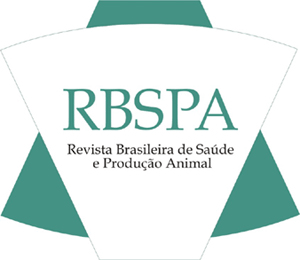The objective of this research to evaluate the behavior of cassava cultivated under irrigation and nitrogen levels. The experimental design was a randomized complete block in factorial arrangement (7 x 4), seven water slides (394.28, 333.16, 279.20, 213.00, 209.00, 169.16 and 116.60mm) and four levels of nitrogen (absence, 50, 100 and 150kg/ha) with two replications. Evaluations were performed at 60 and 120 days of regrowth. At 60 and 120 days there was no interaction between water slides and nitrogen for all morphological characteristics. The nitrogen and water slides separately exerted positive linear effect on the variables plant height, number of leaves, number of bifurcations, stem diameter and canopy area at 60 days. Just for the characteristic number of leaves and nitrogen use efficiency were detected significant interactions between factors at 120 days. Nitrogen rates exerted positive linear effect on the morphological characteristics of plant height, number of bifurcations, stem diameter, canopy area, fresh matter yield, dry matter yield and water use efficiency at 120 days. Similar effect was observed for the factor water slides, however no significant difference was observed for the characteristic canopy area. The morphological characteristics and production of cassava are increased with the use of nitrogen fertilizer and irrigation.
Manihot pseudoglazovii; native forage; semiarid; yield

 Morphological and productive characteristics of cassava grown under irrigation and nitrogen levels
Morphological and productive characteristics of cassava grown under irrigation and nitrogen levels